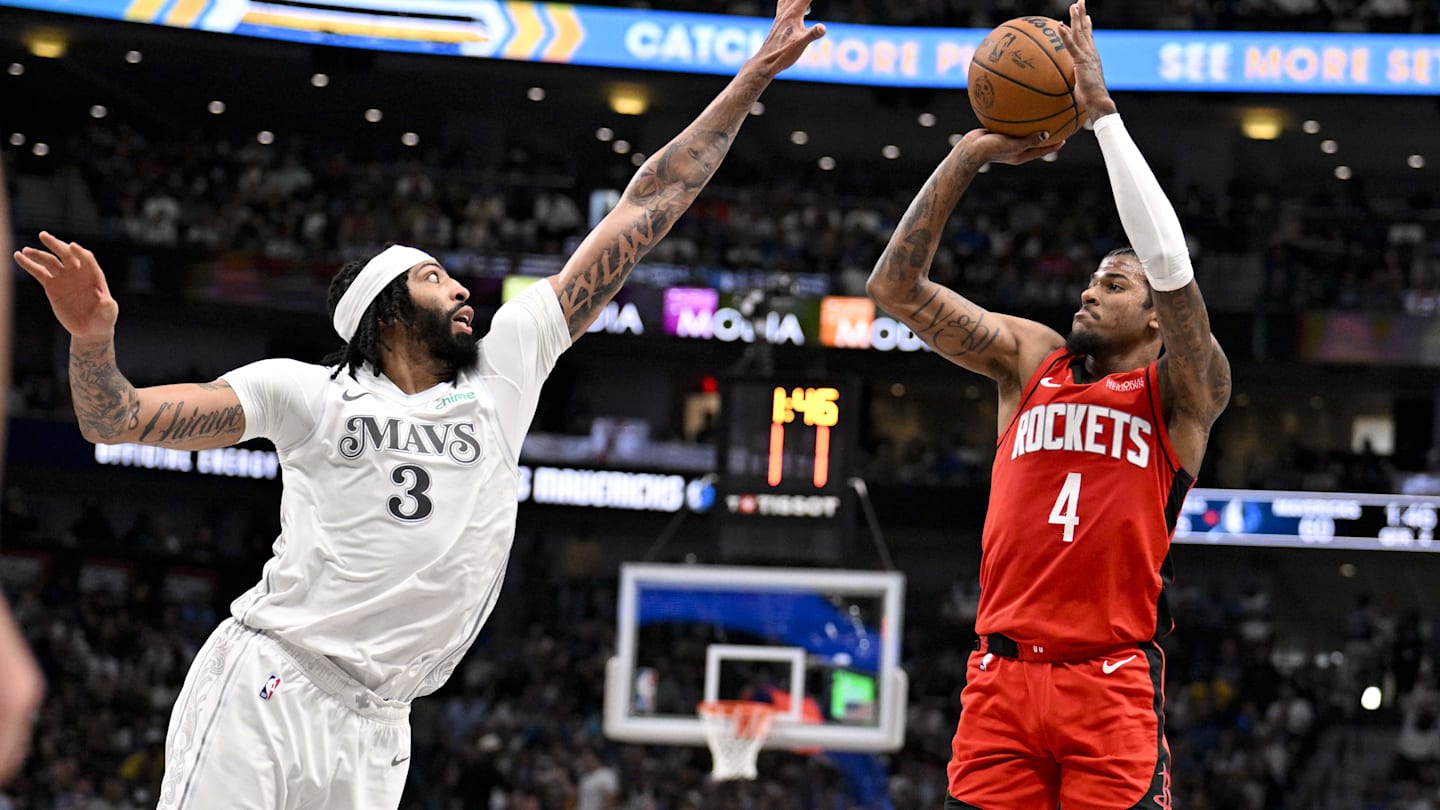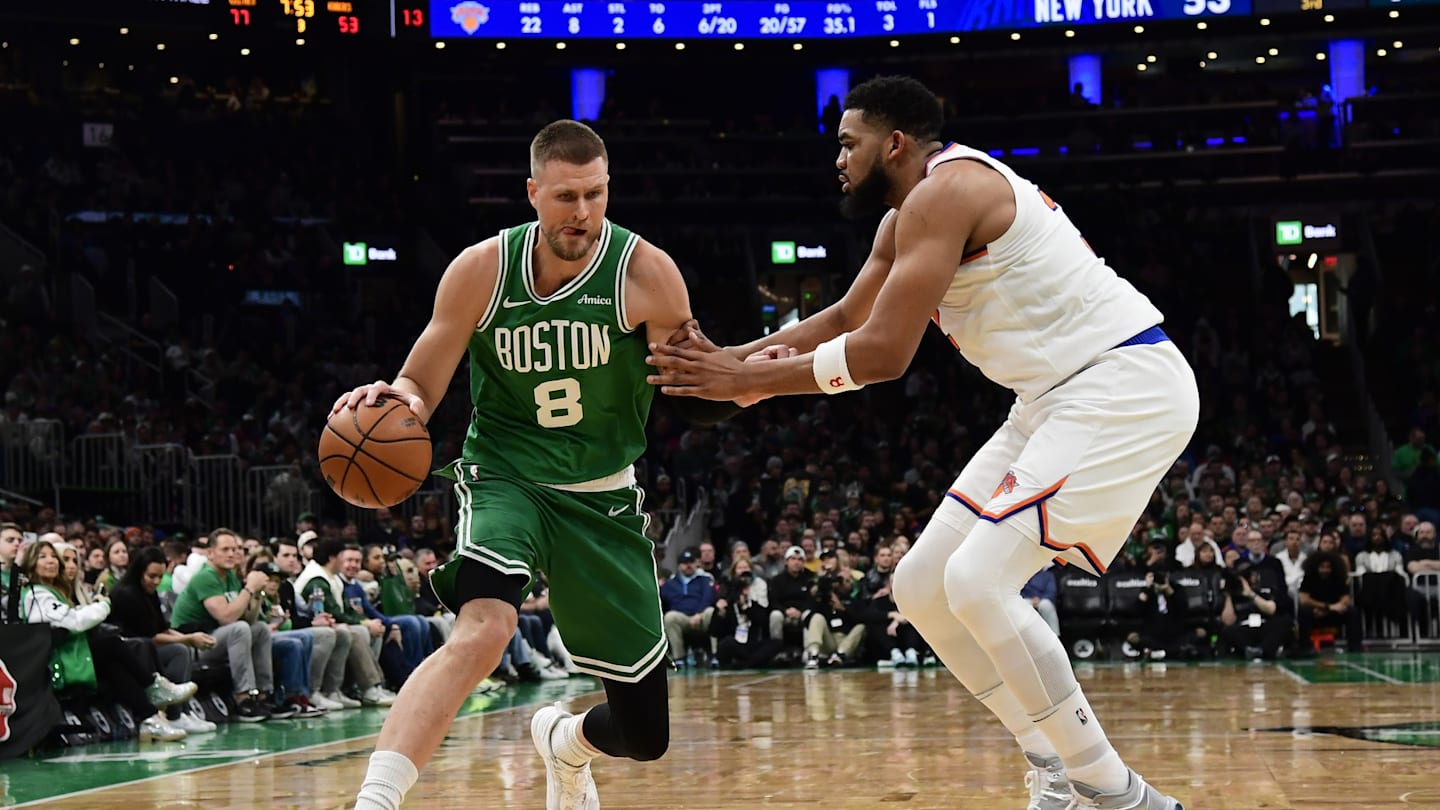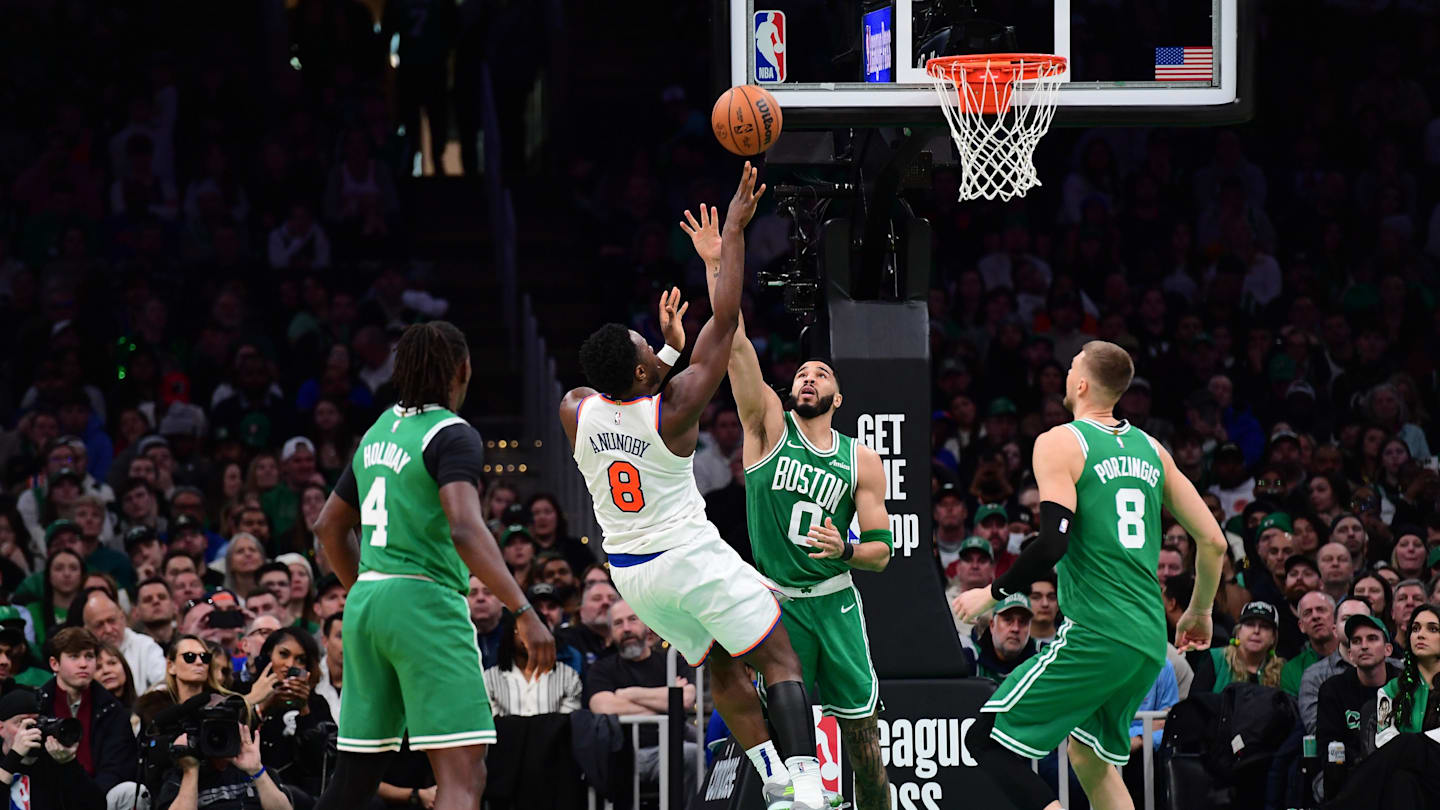Does the NBA Need to Curtail the Influence of the Three-Point Shot?

In early December, an NBA video circulating online quickly went viral. The clip, a two-minute stretch of the fourth quarter of a nationally televised game between the Los Angeles Lakers and Phoenix Suns, was basketball at its worst: nine possessions, nine threes, zero shots made. Why don’t you watch the NBA anymore? read one caption. THIS is why.
Fans are watching, of course. The league’s Christmas Day slate averaged 5.25 million viewers. For the Lakers’ win over the Golden State Warriors, a renewal of a long-standing rivalry between LeBron James and Stephen Curry, the number was nearly eight million. A Jan. 8 showdown between the Oklahoma City Thunder and Cleveland Cavaliers, not exactly traditional basketball hotbeds, averaged 1.87 million viewers, up 20% from a comparable window last season. And the NBA did just close a new media rights deal that will bring in $76 billion over the next 11 seasons.
Still, there are concerns that the game isn’t growing. “I think there’s times where you watch the game and it looks beautiful,” Milwaukee Bucks coach Doc Rivers says, “and then there’s times where you watch the game and it looks awful.” Former players bellyache that games have become glorified three-point contests. Indeed, three-point attempts have increased to never-before-seen levels. Boston is on pace to shatter the record for attempts per game this season, while five teams could finish with at least 40 attempts per game. In 2004–05, Phoenix led the NBA in three-point rate, with 28.9% of its shots coming from behind the arc. This season, Denver ranks at the bottom of the league—with nearly 35% of its attempts coming from three. “For the basketball purists out there,” Nuggets coach Michael Malone says, “I’m sure it’s not their ideal style of play.”
The NBA pushes back that the proliferation of three-point attempts is a problem, arguing that talk of skyrocketing threes is overstated. Attempts are up but only slightly from the last three seasons. The bump in threes have come at the expense of midrange jump shots, which have ticked down. There is still a steady dose of shots taken at the rim. “I would not reduce it to a so-called three-point shooting issue,” NBA commissioner Adam Silver said. “I think we look more holistically at the skill level on the floor, the diversity of offense, the fan reception to the game, all of the above.”
Around the league, the issue isn’t necessarily the three-point shot. “It’s how those shots are created,” Detroit Pistons coach J.B. Bickerstaff says. No one suggests the Boston Celtics, with an offense built around ball movement, are hurting the game. “Penetrating, kicking, swinging, those types of things, that’s pretty basketball,” Bickerstaff says. The problem is the teams that don’t create off-ball movement and use analytics to justify a higher volume of threes. “Sometimes I think you see a lot of just individual one-on-one, off the bounce [stuff],” Bickerstaff says. “The ball doesn’t move. Everybody stands and watches.” Adds Rivers, “There’s teams that only jack shots up, don’t play defense. I don’t want to watch them.”
However it’s framed, there is a problem. Offenses, Silver admitted, can “look sort of cookie-cutter.” “What we’re hearing from fans, and that’s something we’re paying a lot of attention to, is that they want more diversity and style on the floor,” Silver said. Solutions, though, are not so obvious. Addressing a group of reporters recently, Silver sought some crowdsourcing. “I look forward to reading and listening to all of your views about what changes we should be making,” he said.
Well, Adam, since you asked …
Coaches agree: There are rules on the books that, if enforced, will bring the game closer to the rim. Defensive three seconds, for example. Rules state that any defenders in the paint “must be actively guarding an opponent within three seconds,” a rule that is often not actively enforced. Seeing an extra defender in the paint can discourage offensive players from driving; seeing a clear lane can have the opposite effect. Having a help defender farther away would reduce the number of drive-and-kicks. “That’s probably at least two or three more times per game where guys are going to the rim instead of shooting threes,” a veteran assistant coach says.
There are other rules that are being largely ignored. Referees can be more diligent about calling illegal screens, which often spring three-point shooters. They can call more traveling when a player switches his pivot foot coming off those screens. “We don’t need sweeping changes,” the assistant says. “Just enforce the rules we already have.”
In 2004, the NBA, desperate to juice offenses, cracked down on hand and forearm checking, specifically on the perimeter, where players had been allowed to maintain contact with opposing ballhandlers. The result was an immediate spike in scoring that launched a new offense-oriented era.
Time to turn back the clock. Allowing hand checking, and more physicality beyond the three-point line in general, will push the game back inside the arc. It won’t lead to a return to the days of two-figure scoring—three-point shooters in 2025 are far more skilled than those in, say, 1995—but it will level the playing field. And perhaps encourage more diverse play calling.
“I do miss the days of a lowpost presence,” Bickerstaff says. “A guy who you throw the ball to, you force a double team, and how they rotate and then you get your threes. To me, that’s kind of the Patrick Ewing’s, the Hakeem Olajuwon’s [offense] that I grew up watching.”
“If I thought there was a Golden At Bat, sort of a quick fix,” said Silver, referencing a rule Major League Baseball has considered that would allow a team to send up any hitter once a game, “I’d put it on the table.” Maybe there is. Capping the number of made threes—call it 15 per game—would force teams to be more judicious with their attempts. Play inside the line early to preserve threes late. It’s a bit complicated and the NBA, which has caused plenty of confusion with the standings of its in-season tournament, is loath to introduce anything that creates even more. But if you want to reduce the number of threes, limit the number of makes that count.
In 1994, in an early attempt to increase scoring, the league moved the three-point line in 21 inches. The game, then NBA vice president Rod Thorn said, was trending toward becoming a “grappling match.” The move backfired. While three-point attempts went up, scoring didn’t meaningfully increase, leading the league to return the three-point line to its original distance in 1997.
Would moving it back make a difference? The shortened three-point line didn’t stick partially because with less distance to travel to get to three-point shooters, defenders were able to clog the paint. More distance between the three-point line and the basket would (theoretically) create more room to operate while making the three-point shot more difficult. For some long-range specialists (Curry, Trae Young) it won’t matter. For others, it might.
Related
NBA: Mark Cuban says he would have asked for more…
Feb 13, 2025; Dallas, Texas, USA; Mark Cuban laughs during the second half of the game between the Dallas Mavericks and Miami Heat at American Airlines
NBA Scout Reveals Why Celtics Can Easily Beats Knicks in…
The Boston Celtics are one of the teams who are expected to be a contender at the end of the season. They are the defending NBA champions, so they feel like the
Nikola Jokić gives peak Nikola Jokić interview with Scott Van…
Nikola Jokić is still rewriting the record books — and treating it like just another day at the office. In a 149-141 overtime win over the Phoenix Suns
Knicks’ Struggles vs. NBA’s Elite Explained
The New York Knicks are one of the best teams in the NBA, but as of late, they have been defined more by their struggles than their triumphs.The Knicks are 0-7











